A massive white space. Pots of paint. Brushes, and time. What would you do? Welcome to Big Walls and Windows, an annual project which offers art students a chance to create a site-specific installation on a large ambitious scale. The initiative started life in 2013 and is a tri-partnership between Liquitex, UK-based art retail chain Cass Art and University of the Arts London (UAL). Made up of 6 colleges, UAL is Europe’s largest specialist art and design university, developing students at every level, from foundation to postgraduate.
THE AIM
Big Walls and Windows aims to inspire artists to think big and aim high, to unleash their creativity and really explore where it can take them. It’s a unique chance to showcase their work to thousands of people and work within professional constraints. Students are tasked with designing, proposing, and producing a site-specific mural fully utilizing the space it occupies within a limited timescale, and to budget. Liquitex is proud to provide materials for the chosen artists to dive into.
2023
After an open call for entries, the winning design came from Emily Jackson. Studying on the BA Fine Art Painting course at UAL Camberwell College of Arts, Emily’s work explores the concept of liminal space, investigating the relationship between line and perception. Her mural took inspiration from indie games and technical drawings, aiming to act as a gateway, inviting the public to step into a place previously unexplored. “For this project, I wanted to use the scale of the wall to create a life-sized portal. The great thing about liminal space is that it goes both ways, so this portal could lead to a hallway which could also lead to somewhere else. I didn’t want the wall to appear like a window - just showing someplace else - I wanted the viewer to feel like they could walk in”.
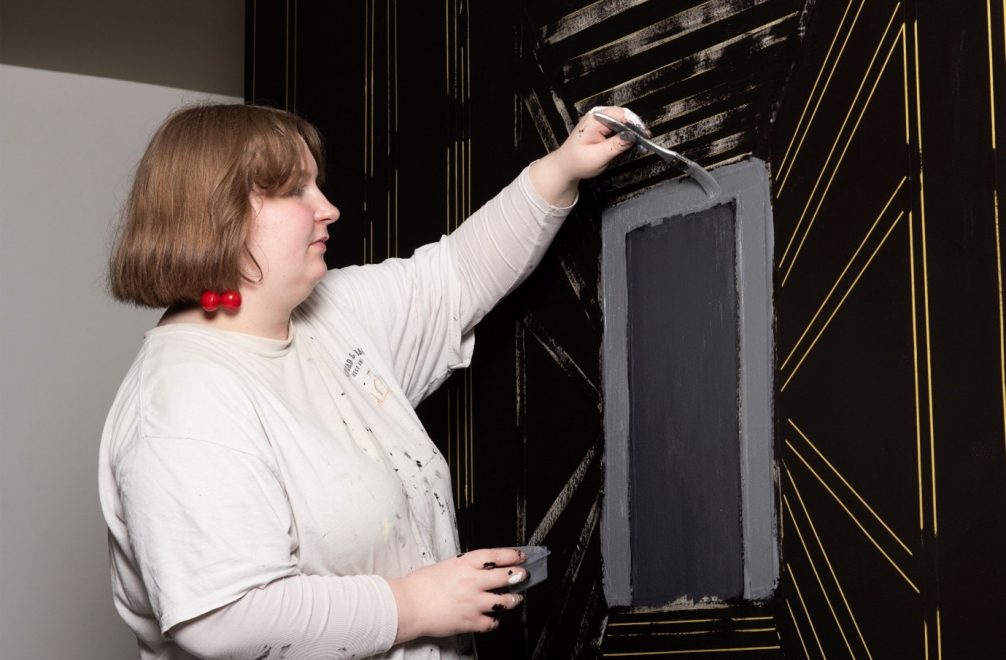
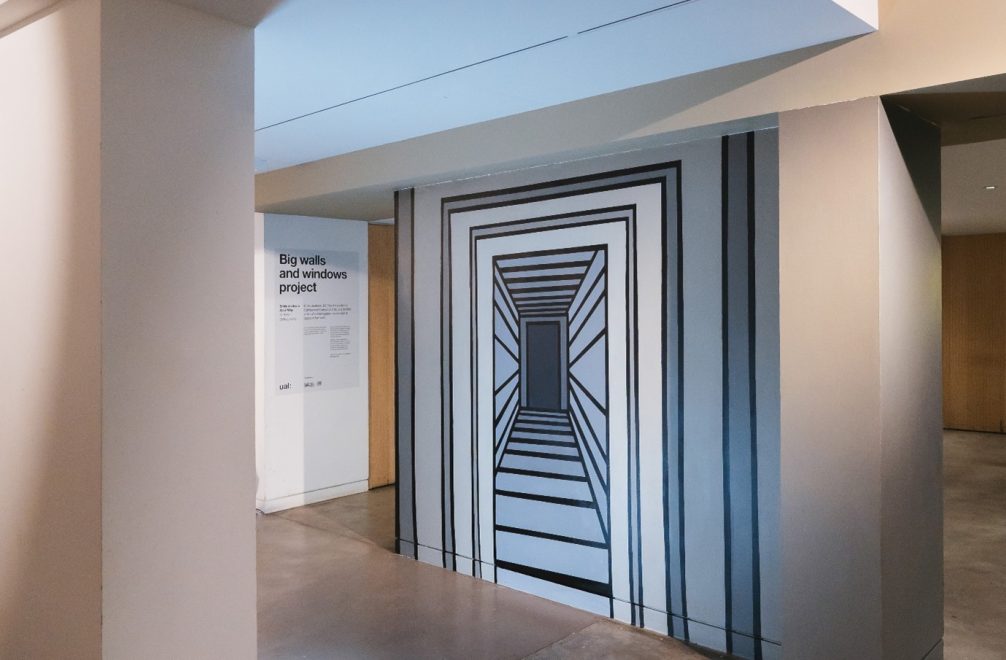
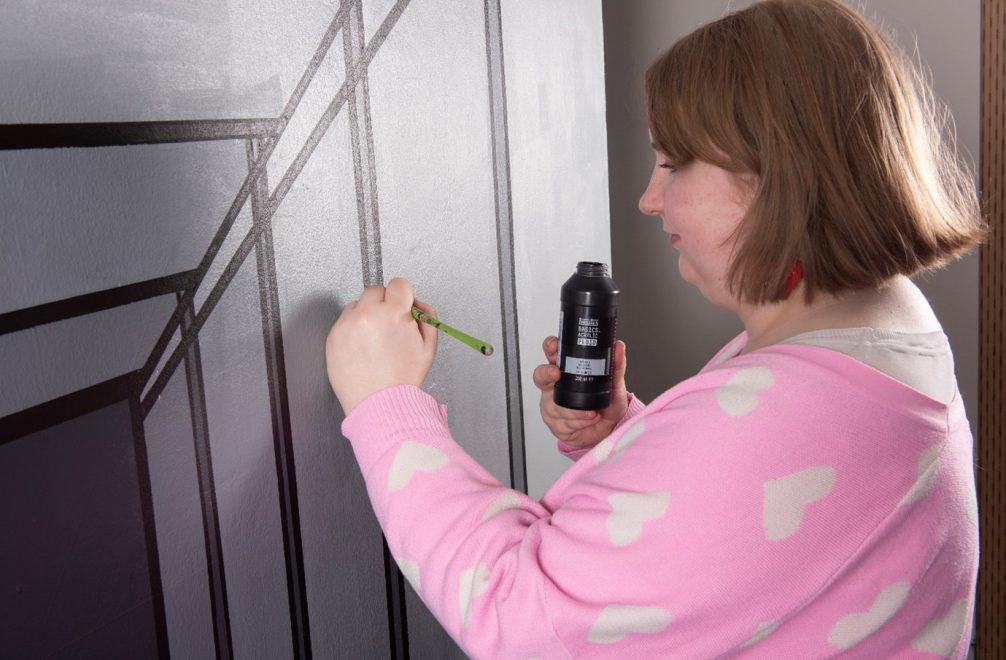
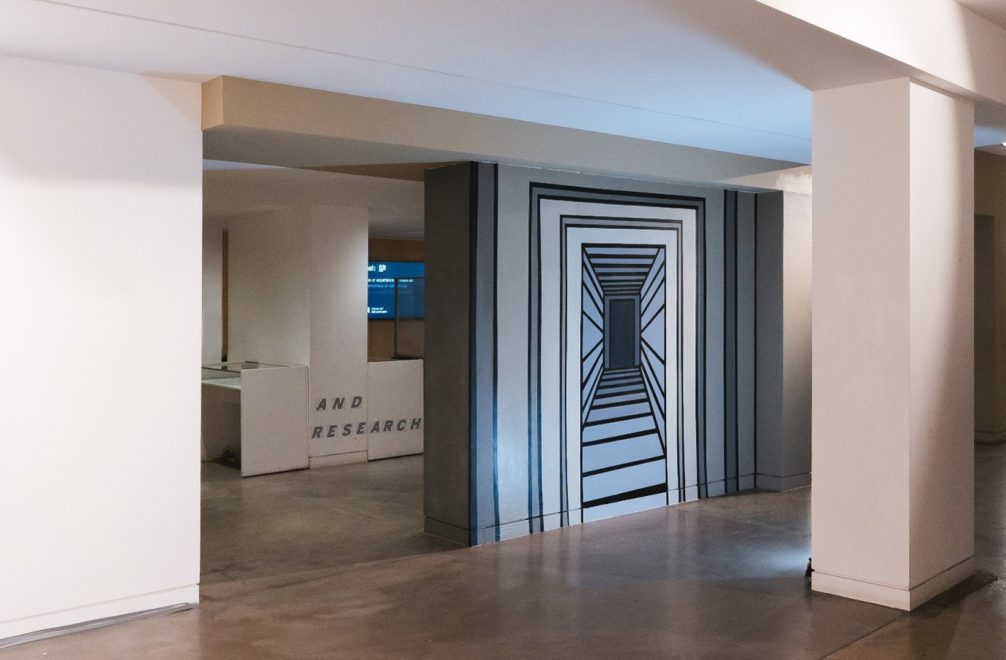
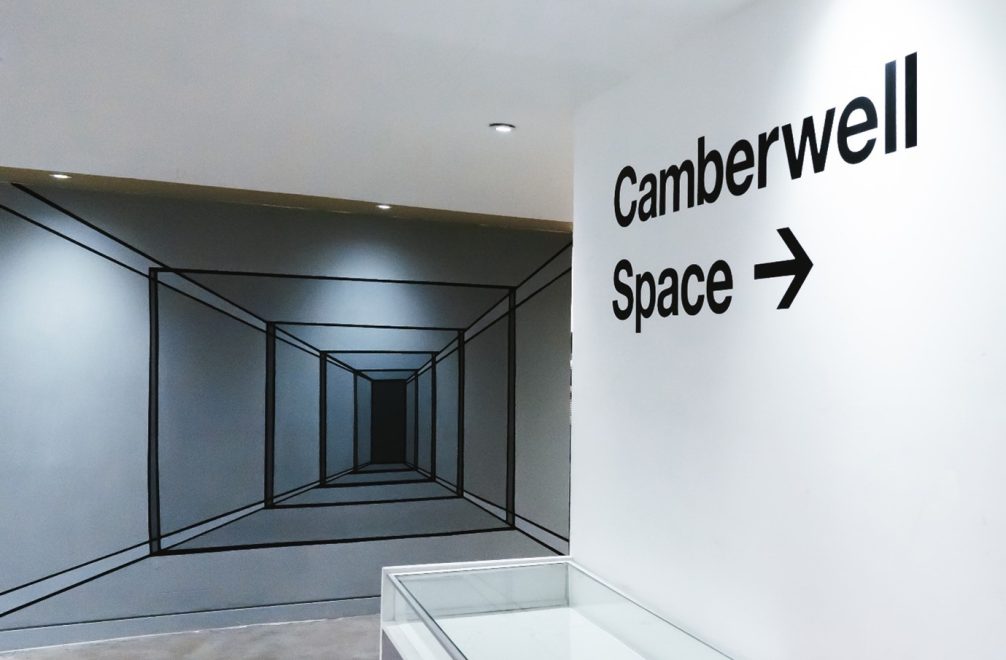
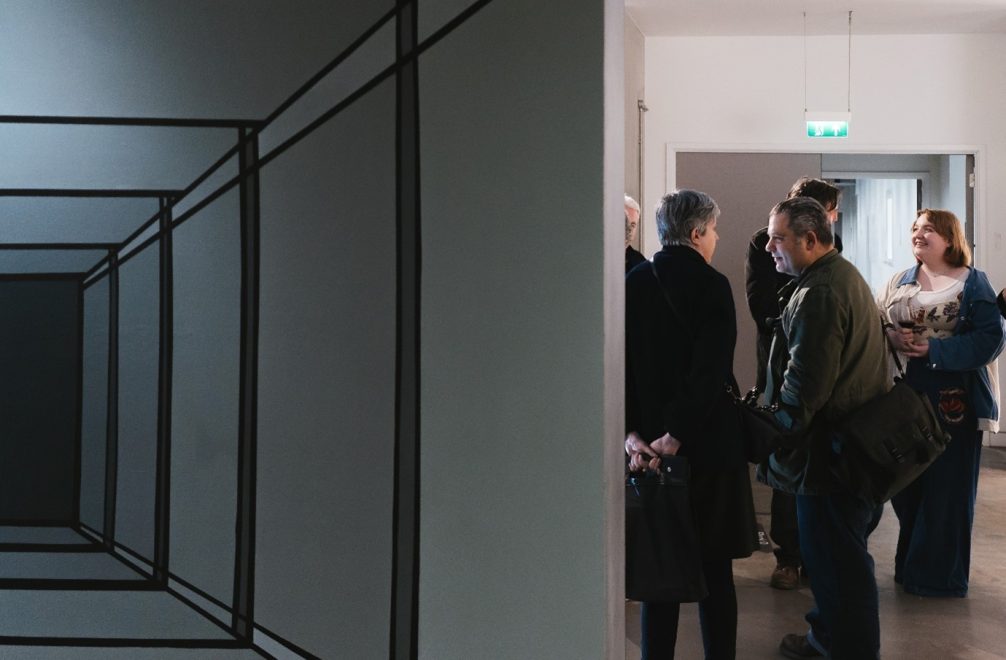
INTERVIEW WITH EMILY JACKSON
We had the chance to catch up with Emily after she completed the project, to learn more about her inspirations, work, and challenges faced in the process.
What made you enter a proposal for the Big Walls and Windows Project?
I entered the Big Walls and Windows Project because it gave me the chance to create work on such a large scale, which is something I was unable to explore on my own. I also wanted to enter because the Wall is in such a public space, I am very interested in the relationship between an artwork and its audience, and this project lets you observe that relationship more closely.
What was your experience of working on a large scale going into the project?
Before this I worked on small scale pieces, the only large-scale work I had done was painting fake wallpaper into a small cupboard. The cupboard was too small to stand back and fully view the painting and so this project was quite different for me. I was excited to create a work in full view that couldn’t be missed.
Did you find there were any challenges working on this scale for the first time?
Definitely the biggest challenge was time. In my head I would finish the installation within a week, whereas in reality, I used the entire month available. Each element that would usually take me a couple of hours on a piece of A4, could take up to a couple of days on the wall, but it was so worth it.
Where did your draw your inspiration for the project from?
My main inspirations for this project were indie games, and technical drawings. They can be simplistic in style, and so focus on getting their image across directly. This allows a lot of room for the audience to create their own interpretations of the image, which is something I wanted to explore in this project. Initially I started looking into liminal space as I found something mesmerizing about empty hallways, I would be walking through one with a friend and get completely distracted. This was when the idea of “The Backrooms” got popular, and so I became interested in what people found captivating about them. For this project, I wanted to use the scale of the wall to create a life-sized portal. The great thing about liminal space is that it goes both ways, so this portal could lead to a hallway which could also lead to somewhere else. I didn’t want the wall to appear like a window - just showing someplace else - I wanted the viewer to feel like they could walk into this portal.
How beneficial were the Liquitex materialssupplied, and the learnings from the materials consultation?
The materials were great, being able to pre-mix large amounts of all my colors before I used them was so helpful. The most useful thing I learned was how to make warm, cool, and neutral greys. Black and white make a neutral grey, add yellow or red and it becomes warmer, add blue and it becomes cooler. This meant I could use warmer greys for the foreground, neutrals for the midground and cooler greys for the points furthest away from the viewer. It allowed me to create a level of depth that using only black and white would not have given.
Will you incorporate any learnings from this project into your future study and work?
Doing this project really helped me see how people interact with my work. Some people would stare from far away or come up and touch the wall, and one girl came up and put her face against it to really look at it. I think a lot of this was due to the scale, it being life size. I’m taking this into my work going forward. Constantly discussing the work with people also allowed me to realize my inspirations and interest in video games and narrative based artworks, which I’m beginning to explore.
2022
Two pieces of public art. Two historic art schools. The undergraduate artists selected to bring their installations to life for 2022 were Ffi Farrer-Miles, a final year BA Fine Art student at UAL Camberwell College of Arts, and Manyi Takor, a first-year BA (Hons) Fine Art student at UAL Central Saint Martins. Ffi’s work explores the idea of conservation, aesthetic and color chemistry through abstract geometric painting. Taking inspiration from the British architect Maurice Bingham Adams, her installation celebrates the stained-glass windows of the Victorian part of the college. By bringing this original feature into the modern part of the building, the piece creates a dialogue between the traditional and contemporary. Manyi’s piece, Hidden Identities, connects to a long tradition of fresco and mural painting. It asks the audience to consider what acceptance and equity really mean in a space where expected and acceptable values are incongruent with the ego.
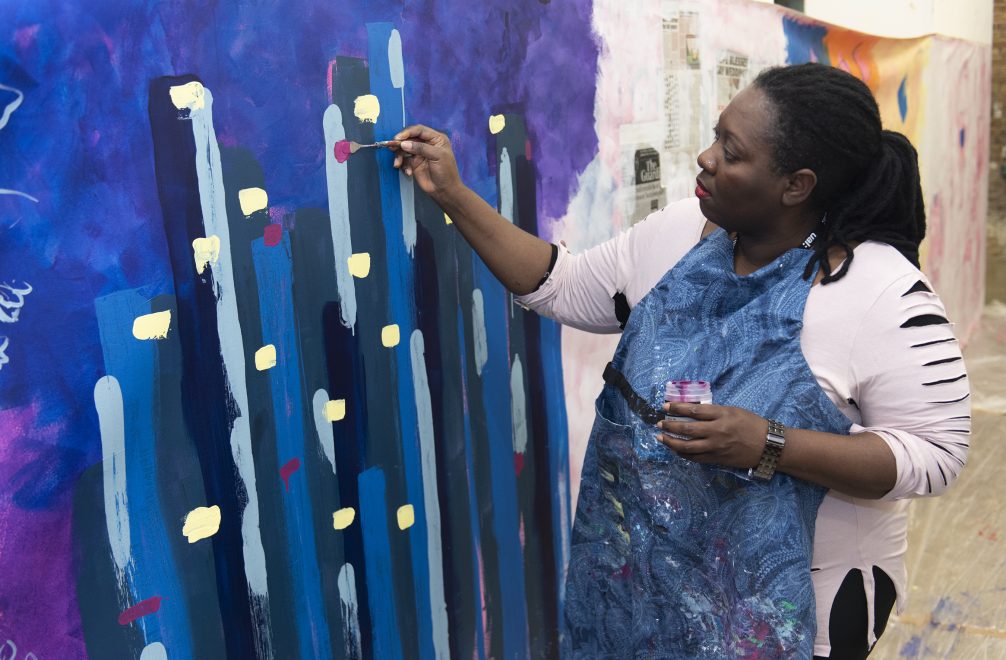
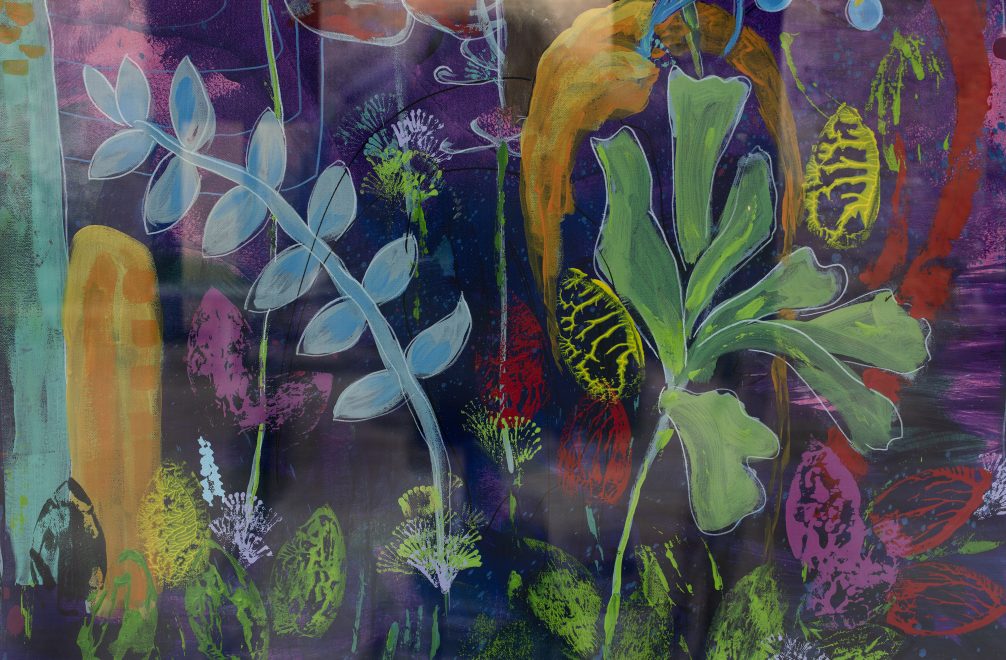
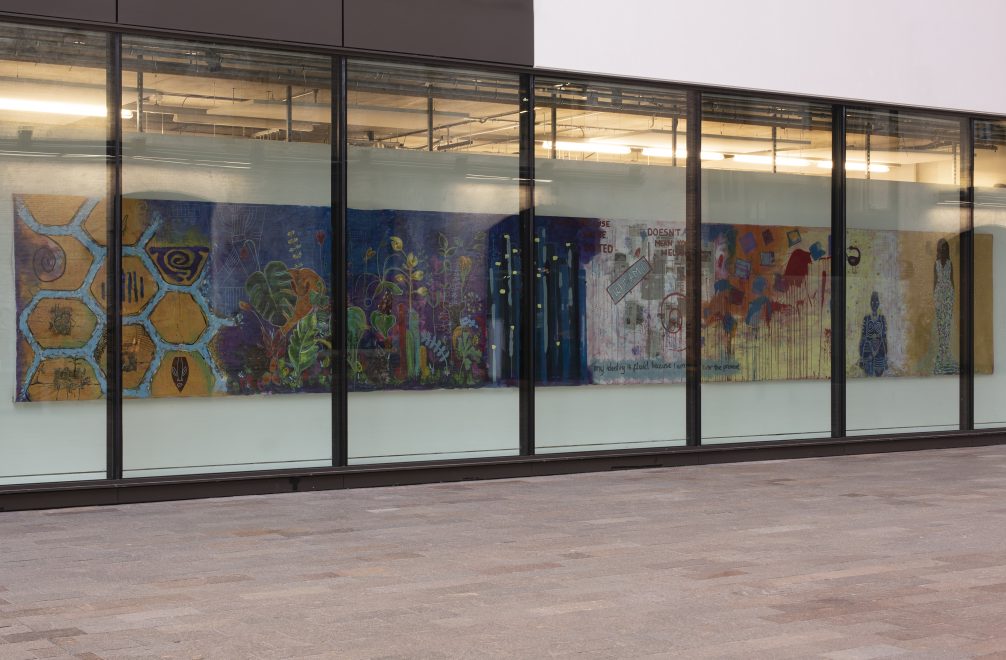
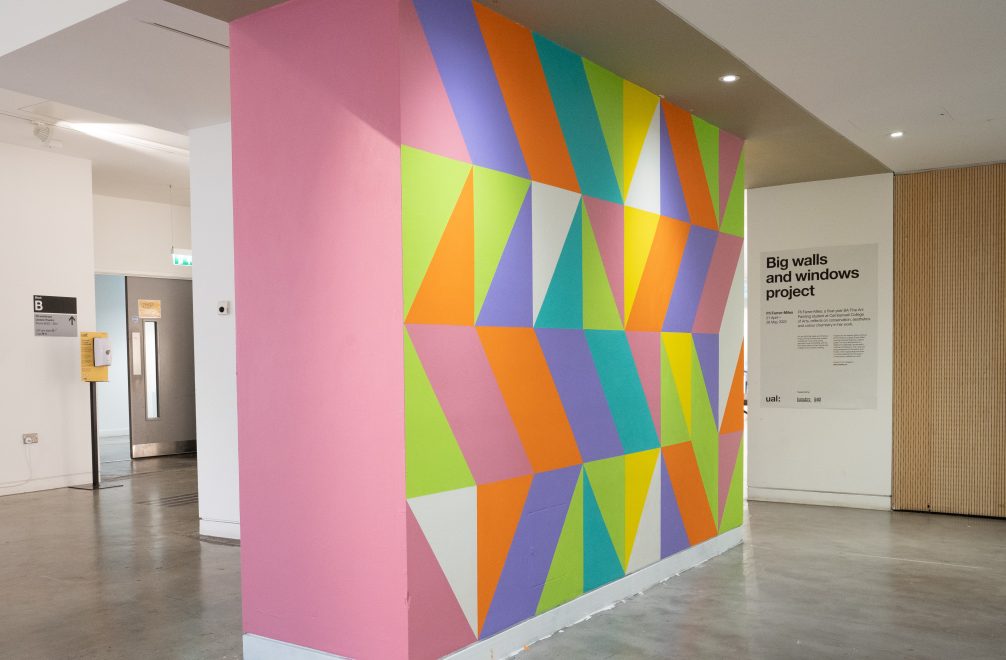
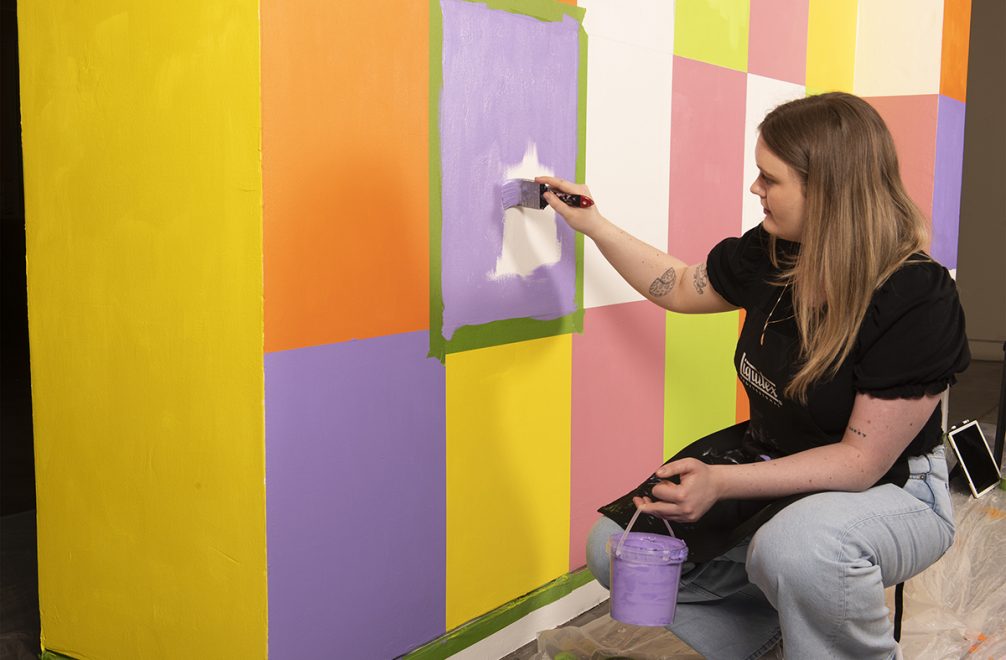
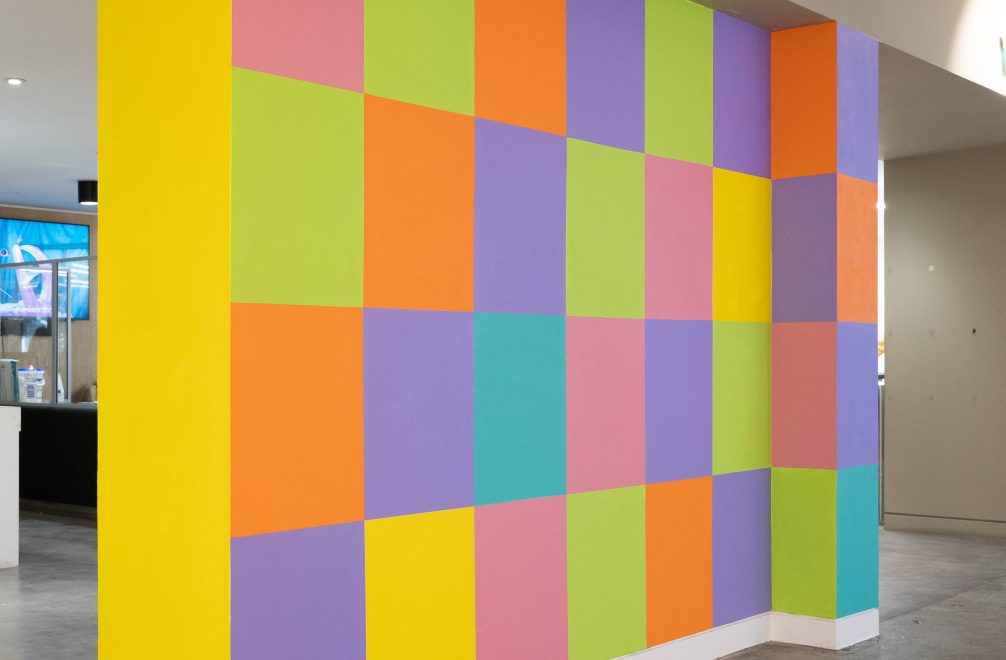
2020
After an extensive submission process, second year BA Fine Art student Sarah Savage from UAL Camberwell College of Arts and UAL Central Saint Martins BA Fine Art graduate Alice Bajaj were chosen. Sarah’s mural took over the entrance to the school with concept inspired by landscapes, travel, and the juxtaposition between freedom and restriction. Her mural featured a variety of Liquitex colors and mediums, including Modeling Paste and pro effects mediums. Alice married silhouette motifs of the people seen around the college building and surrounding areas, symbolizing different identities and styles of the students, staff and members of the public that circulate. She used Louise Bourgeois’ Maman and Kathy Acker’s pseudonym of The Black Tarantula as inspiration, exploring the symbolism of the spider in the history of feminist art.

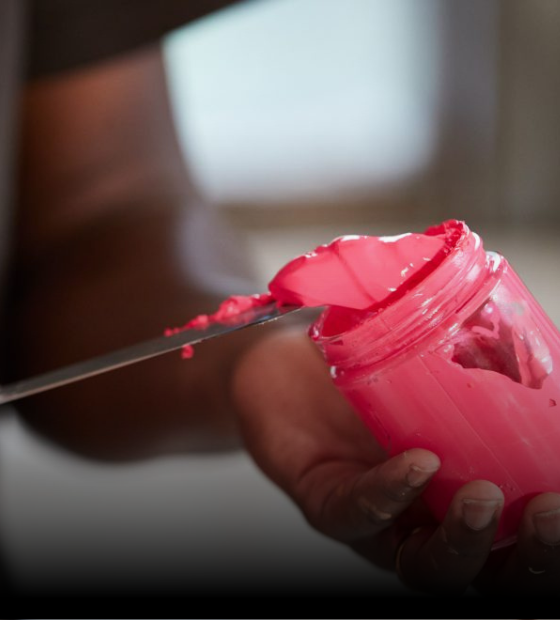
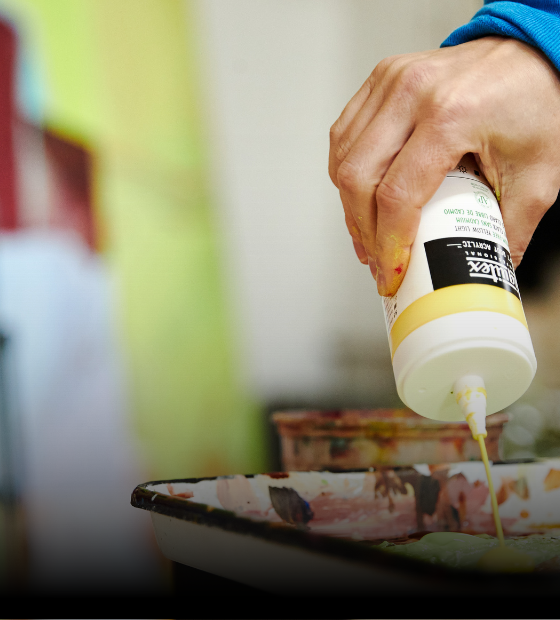
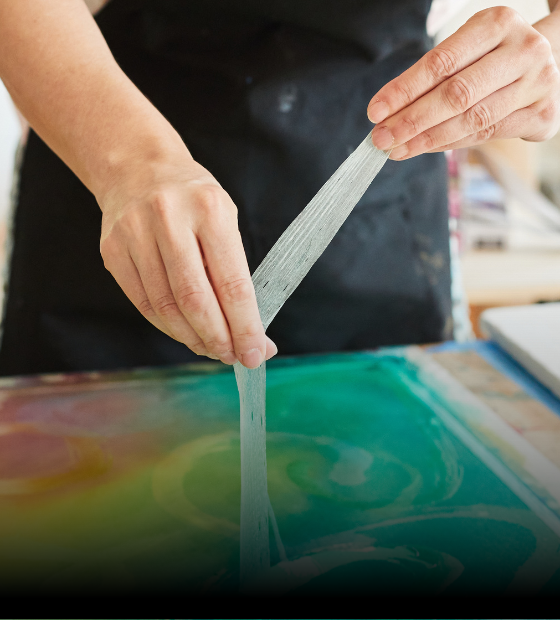
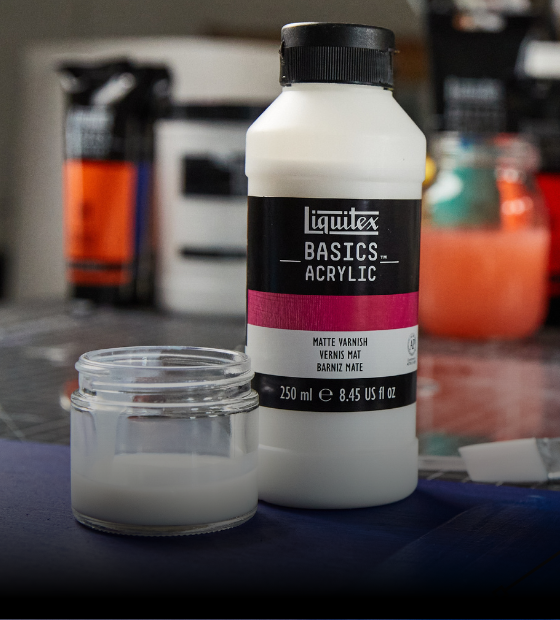
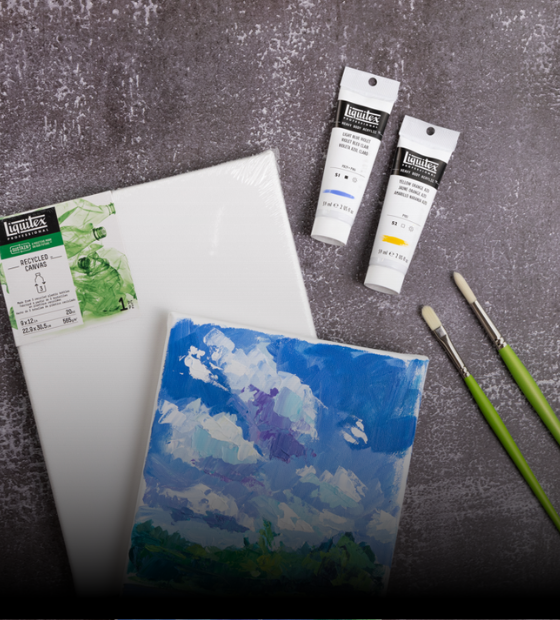
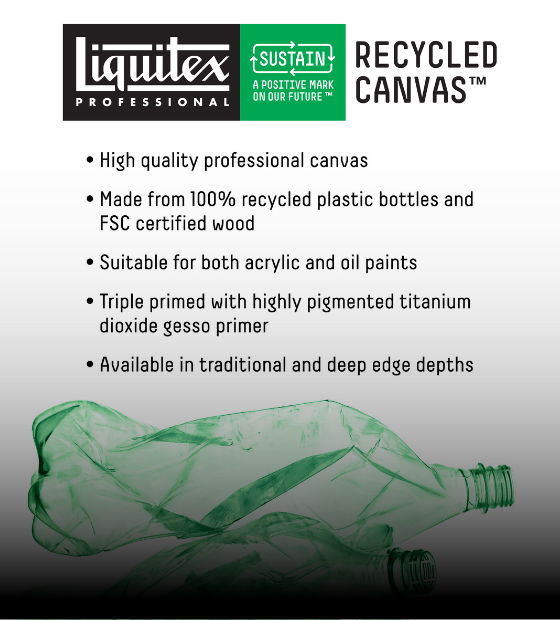
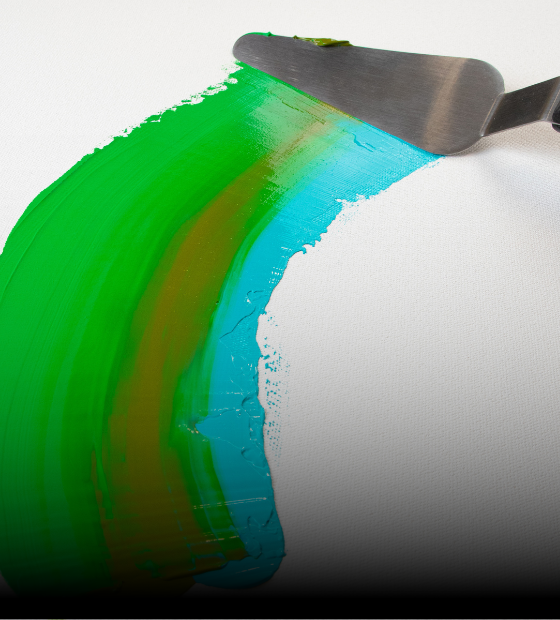
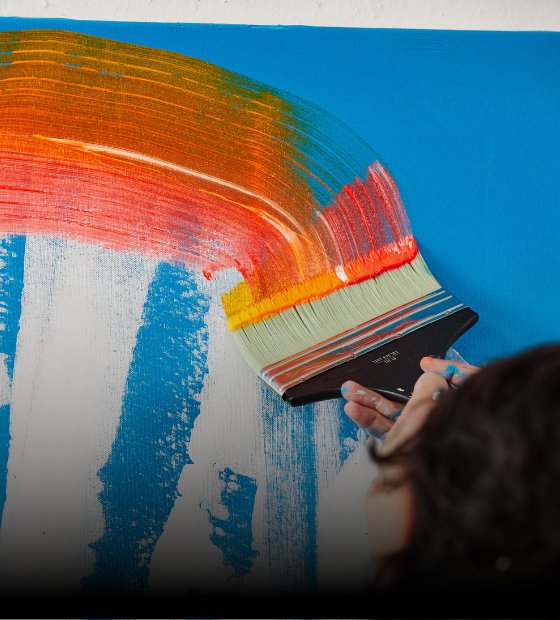
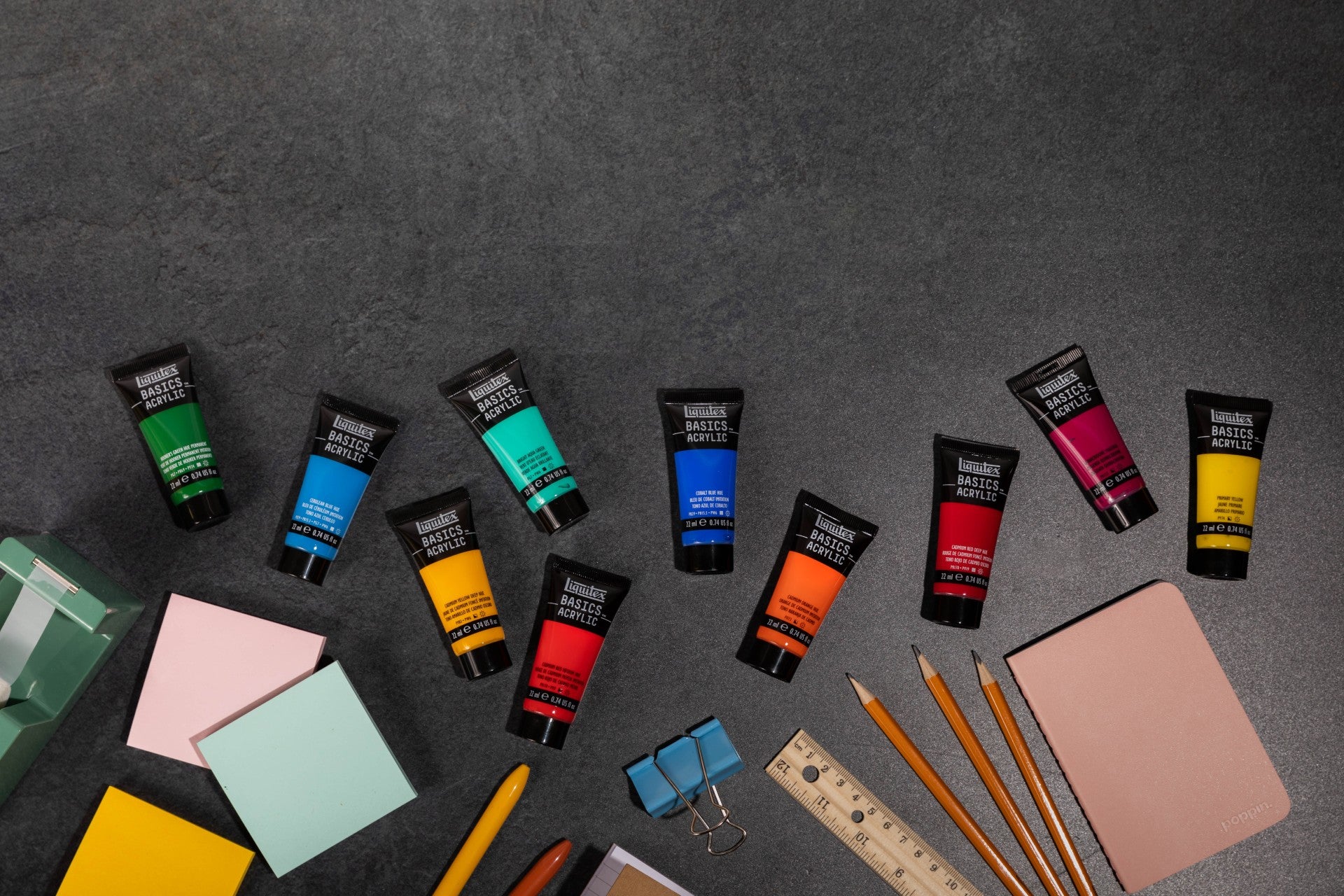
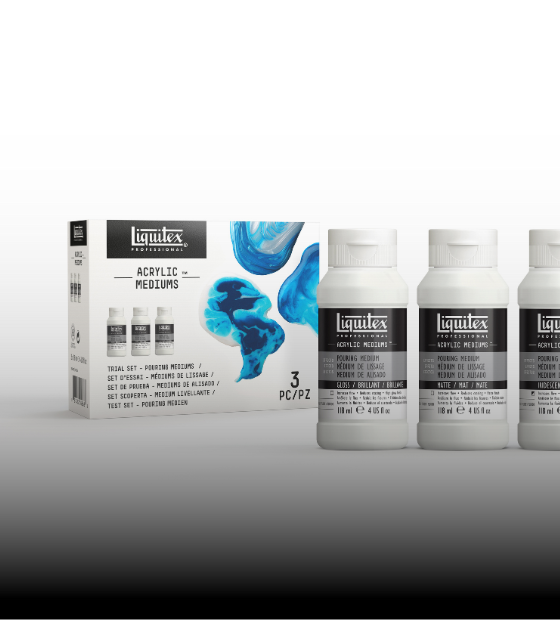
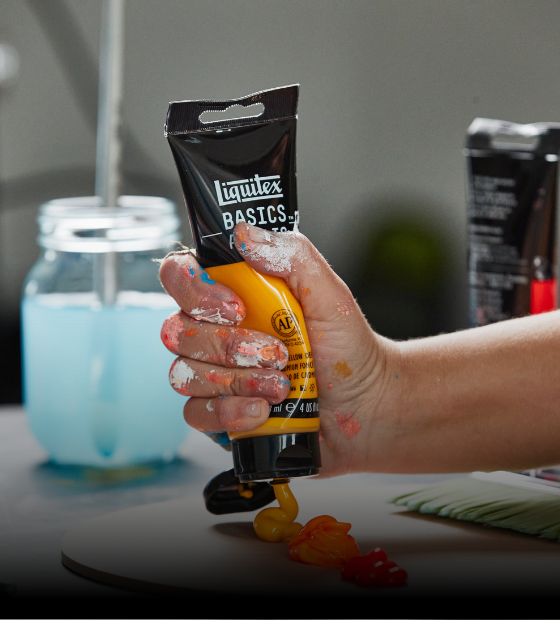
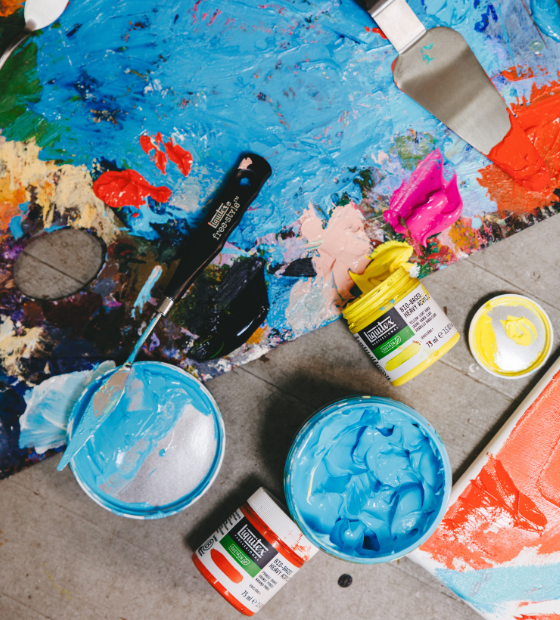
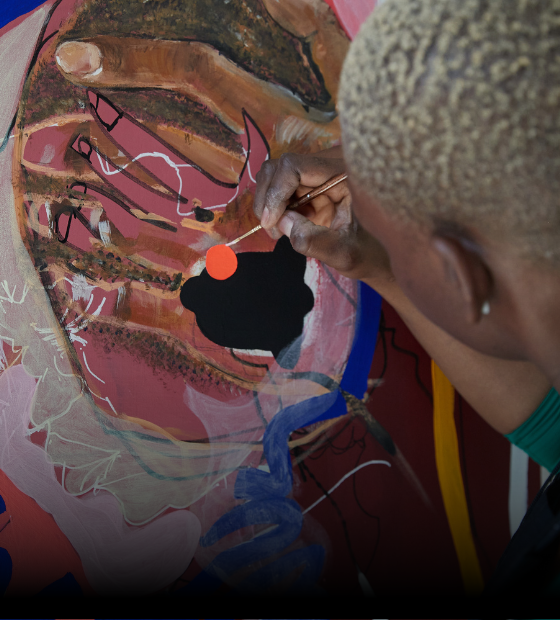
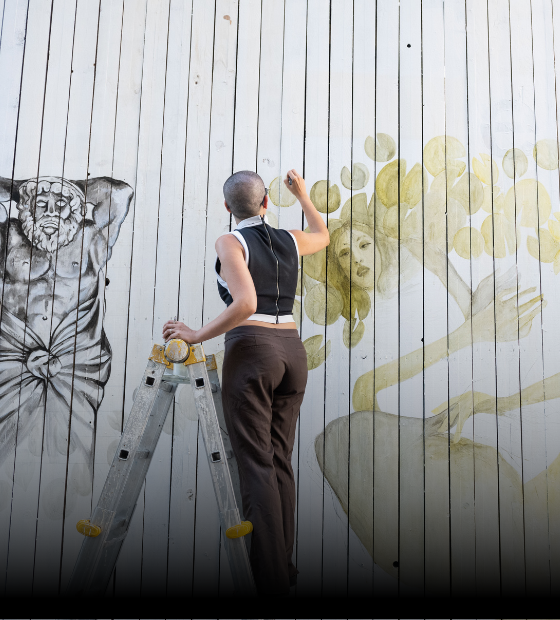
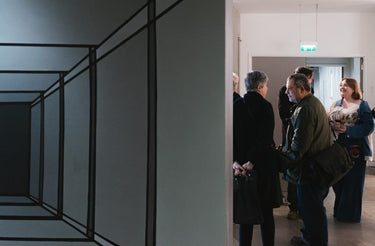
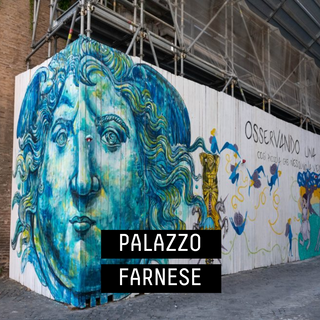
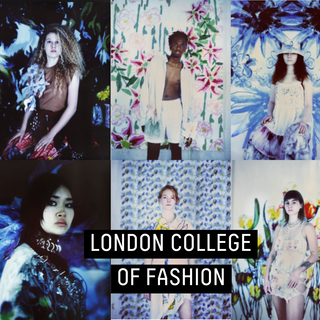
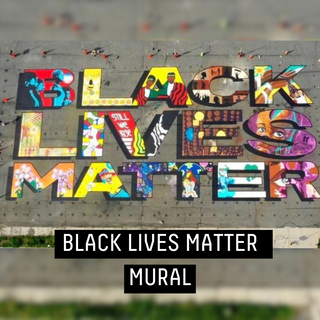
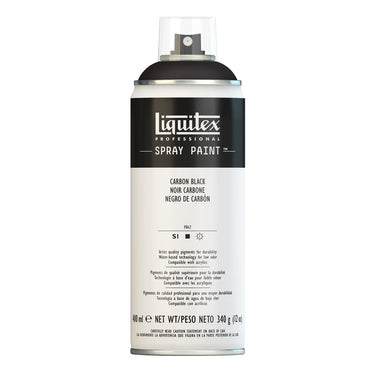

![LQX ACRYLIC MARKER SET 6X 2-4MM CLASSICS [CONTENTS] 887452001225](http://www.liquitex.com/cdn/shop/files/68762_375x375_crop_center.jpg?v=1707320720)
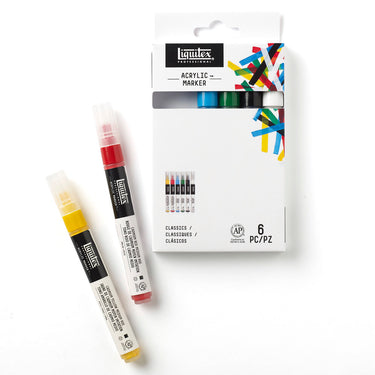

![LQX PRO MEDIUMS GESSO [WEBSITE SWATCH]](http://www.liquitex.com/cdn/shop/files/72009_375x375_crop_center.jpg?v=1693098231)
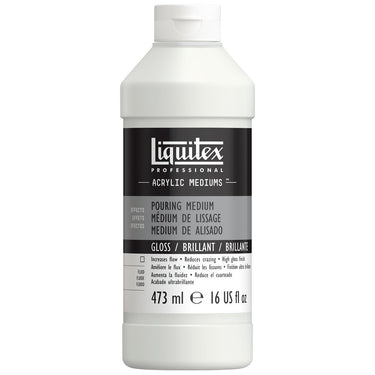
![LQX PRO MEDIUMS POURING MEDIUM [WEBSITE SWATCH]](http://www.liquitex.com/cdn/shop/files/72030_375x375_crop_center.jpg?v=1705607484)
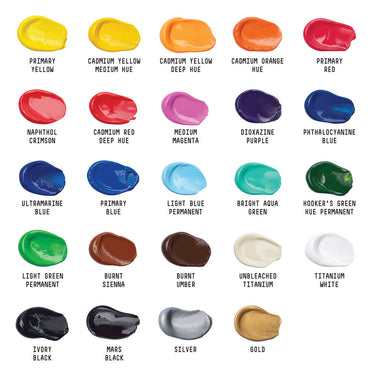
![LQX BASICS 24X22ML PAINT SET 887452028543 [FRONT]](http://www.liquitex.com/cdn/shop/files/80833_375x375_crop_center.jpg?v=1706780423)
![LQX BASICS 6x118ML SET 887452059226 [SET WITH CONTENTS 2]](http://www.liquitex.com/cdn/shop/files/130398_375x375_crop_center.jpg?v=1707324060)
![LQX BASICS 6x118ML SET 887452059226 [FRONT]](http://www.liquitex.com/cdn/shop/files/130396_375x375_crop_center.jpg?v=1706797707)